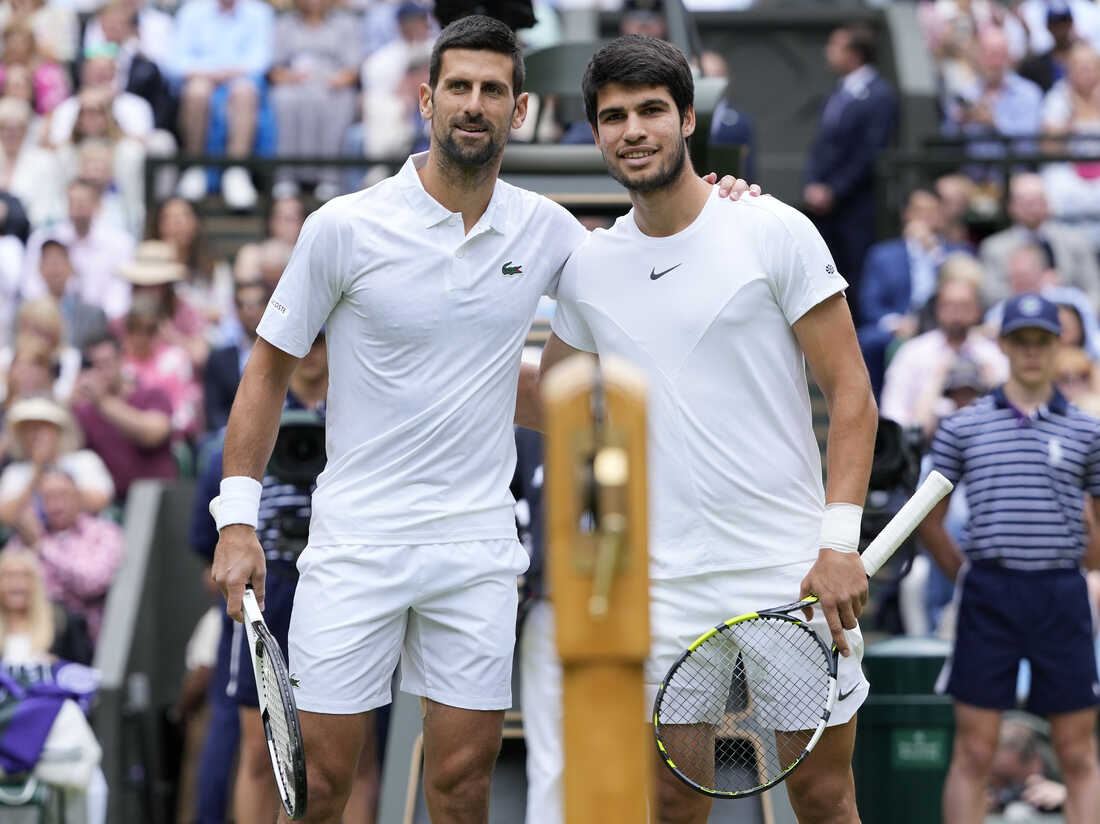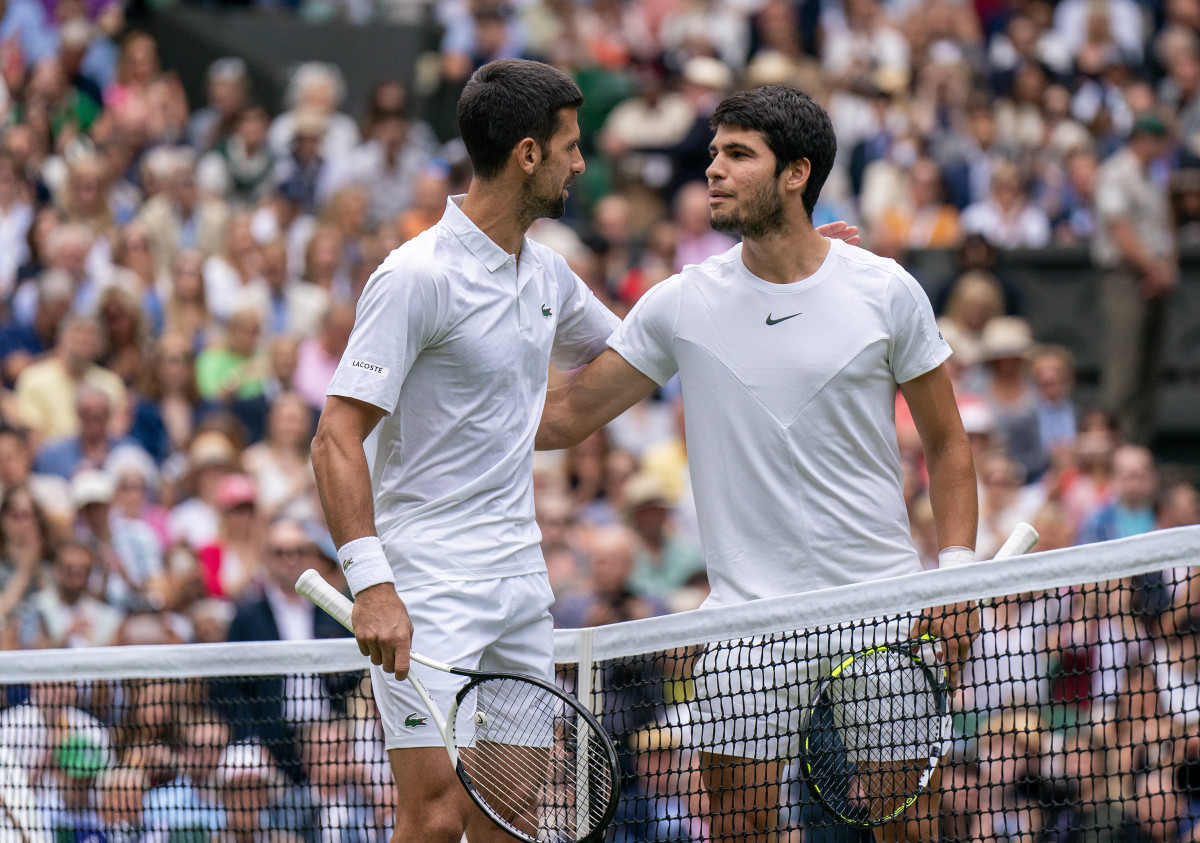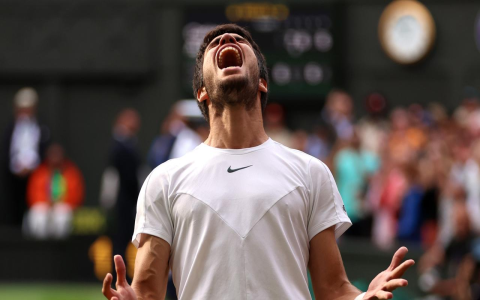Alright folks, gather ’round! Let me tell you about my weekend deep dive: Djokovic vs. Alcaraz. Not the match, sadly, but a project inspired by it. I wanted to see if I could predict match outcomes using some basic data analysis. Sound ambitious? Maybe a little, but hey, gotta swing for the fences, right?

Phase 1: Data Gathering – The Grind Begins
First things first, I needed data. I scoured the web for past match results, focusing on Djokovic and Alcaraz individually, and their head-to-head matchups. I looked for stats like:
- Win/Loss records (obviously!)
- Tournament types (Grand Slams, Masters 1000, etc.)
- Surface type (clay, hard, grass)
- Ranking at the time of the match
- Aces, double faults, break point conversion rates (if available – this was trickier to find consistently)
I ended up cobbling together info from various tennis statistic sites. It was a bit of a manual slog, copying and pasting into a spreadsheet. Definitely not the most glamorous part of the process, but essential.
Phase 2: Data Cleaning – The Messy Reality
Okay, so I had my data. But it was a MESS. Inconsistent formatting, missing data points, different sites using different naming conventions… you name it. So, I dove in with my trusty spreadsheet software. I standardized the date formats, filled in missing ranking data where I could find it, and made sure the surface types were consistent (e.g., “Hard” vs. “Hard Court”). This part took longer than I expected – data cleaning always does!
Phase 3: Feature Engineering – Time to Get Creative
Here’s where things got a little more interesting. I started thinking about what features might actually be predictive. I created some new columns in my spreadsheet based on the raw data:

- Ranking Difference: Djokovic’s ranking minus Alcaraz’s ranking. This gave me a single number representing the ranking disparity.
- Recent Form: I calculated a simple “win percentage” for each player over the past 10 matches.
- Surface Performance: I tried to calculate their win percentage on each surface type based on historical data. This was tough because the data wasn’t always readily available.
I knew these were pretty basic, but I figured it was a good starting point.
Phase 4: Simple Model Building – Baby Steps
I kept it super simple. I used the spreadsheet software’s built-in regression analysis tool. I set the match winner (Djokovic or Alcaraz) as the dependent variable and used my engineered features (ranking difference, recent form, surface performance) as the independent variables. I know, I know, it’s not some fancy machine learning algorithm, but I wanted to see if I could get any signal at all.
Phase 5: Results and (Mild) Disappointment
The results? Well, let’s just say I won’t be quitting my day job to become a professional tennis predictor. The model’s accuracy was… unimpressive. It was barely better than random guessing. The ranking difference seemed to have some influence, but the other features didn’t seem to matter much.
Learnings and Next Steps
So, what did I learn?

- Data quality is KING. Getting more accurate and complete data would be a HUGE improvement.
- Feature engineering is crucial. My features were pretty basic. I need to think about more nuanced factors (e.g., fatigue, head-to-head history on specific surfaces, etc.).
- I need to level up my modeling skills. Regression is a good start, but I should explore more advanced machine learning techniques.
I’m thinking of trying to pull data from a dedicated tennis API next time to see if I can improve the data gathering process. I’m also looking into learning some Python libraries like scikit-learn to build more sophisticated models.
Overall, it was a fun little project. Even though my predictions weren’t accurate, I learned a lot about data analysis and the challenges of predicting sports outcomes. It’s a marathon, not a sprint, right?












